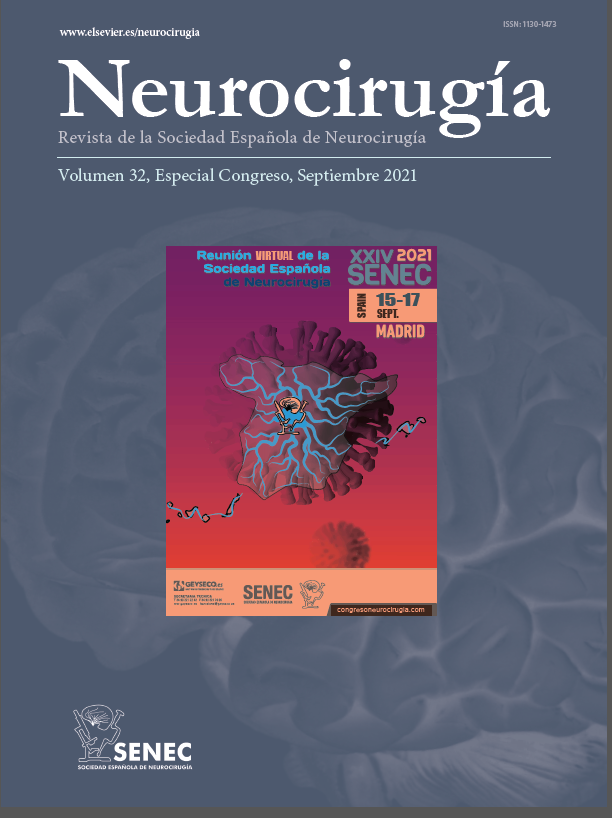C-0373 - DE NOVO CAVERNOUS MALFORMATION ASSOCIATED TO A PRE-EXISTING DEVELOPMENTAL VENOUS ANOMALY: COULD MAGNETIC RESONANCE FINDINGS PREDICT EVOLUTION?
Servicio de Neurocirugía, Hospital 12 de Octubre, Madrid, Spain.
Objectives: The association of cavernous malformations (CMs) and developmental venous anomalies (DVAs) is common. Age-related increase in the prevalence of DVA-associated CMs has been described, thus suggesting that CMs might be acquired lesions. Unfortunately very few cases of de novo CMs adjacent to a DVA have been reported in the literature.
Methods: We present a case in which serial images demonstrated the evolution of a CM formation in association with a pre-existing DVA and we discuss the causal hypothesis.
Results: A 39-year-old woman had oral paresthesias episodes. The patient underwent magnetic resonance imaging (MRI), which revealed a right frontal lesion. This lesion was hypointense on T1- and T2-weighted images and enhanced homogeneously, thus detecting numerous radially distributed vessels that mimicked the typical caput medusae appearance of a DVA. Importantly, one of the tiny medullary veins that drained to the common collector vein showed an acute angulation at the junction with the collecting vein. Conservative management was decided. A new MRI six years later, showed a right frontal popcorn-like heterogeneous mass, which was in contact with the DVA previously observed. De novo CM was the most likely diagnosis. Interestingly, the collecting vein appeared to communicate with the lesion through the ventral medullary vein with the angulated junction. In contrast, no microhemorrhages were detected on the dorsal area of the DVA. The lesion was surgically removed and the patient´s recovery was uneventful.
Conclusions: Our case adds evidence to the notion that some CM are acquired, on the basis of hemorrhagic events in the nearby of a previous DVA. Our report also suggests that predisposing angioarchitectural features in certain DVAs influence CMs formation. Future research is necessary to define these specific neuroimaging features that could detect these DVAs with increased risk to develop a CM.







